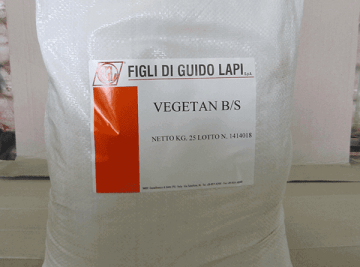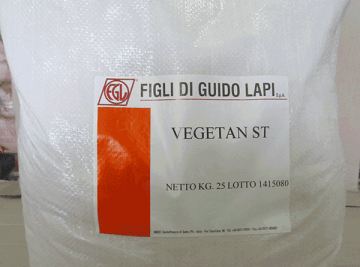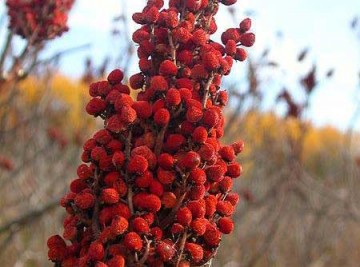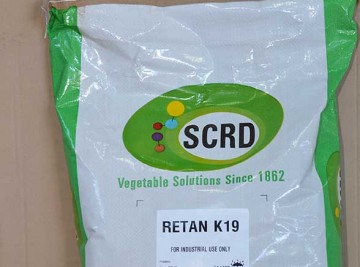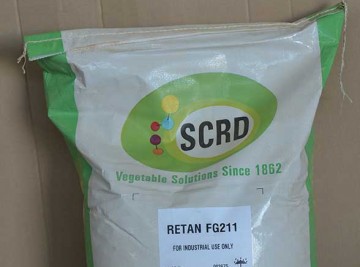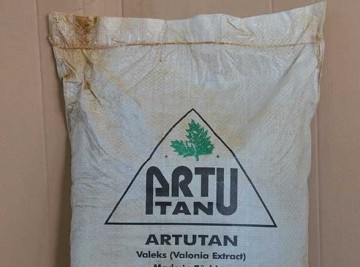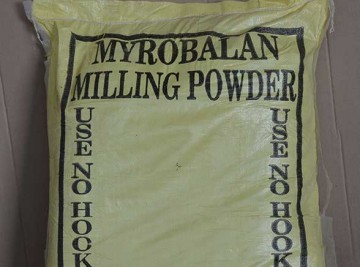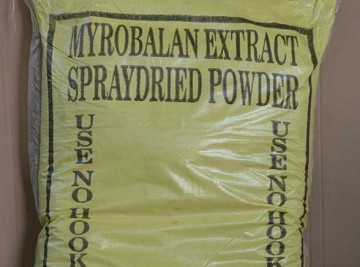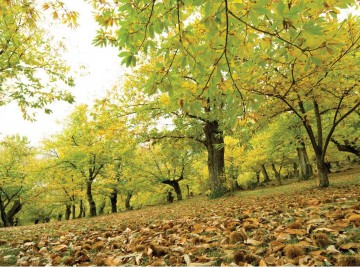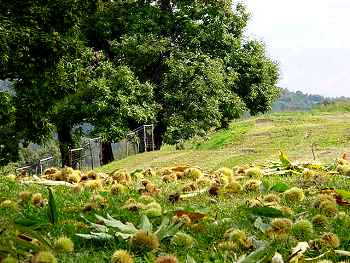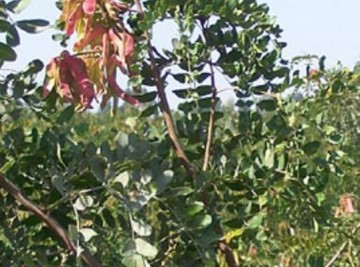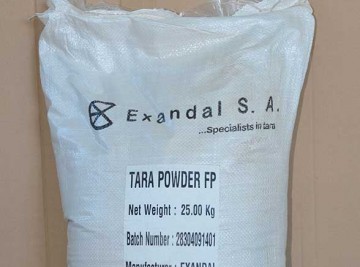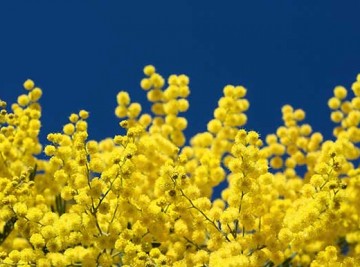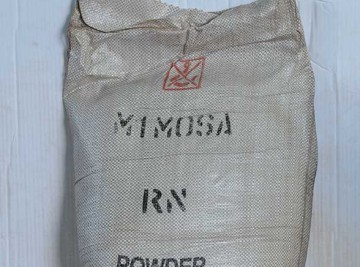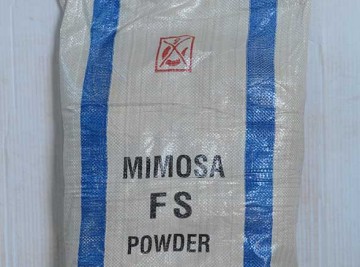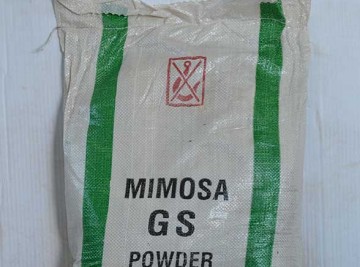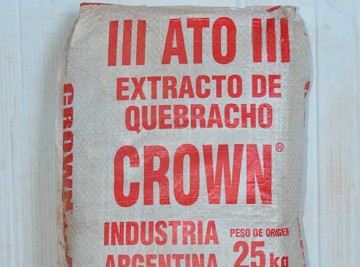VEGETAN CM

Any type of tannin comes from a natural material (i.e. the wood, the bark, fruits, skin, the shell or the excrescence of a leaf etc., according to the type of tannin considered) and the final product is obtained from an extraction with hot water (followed by concentration of the liquors and spray-drying), or by simply grinding the vegetable raw material.
We are speaking about absolutely natural products coming from renewable resources, given that they are obtained from fruits and leafs. Also the wood extract come from renewable resources, because the trees are cultivated and so they are planted continuously, as we currently do with the poplar for paper.
Hereunder the principal plants from where tannins come from:
The Quebracho, coming from the Spanish words “quiebra hacha” (“break the axe” because of its hardness) is obtained by the wood of a tree which grows only in a specific part of North Argentina in a limited region close to the border with Brazil and Paraguay.
The Mimosa from South Africa is a tree similar to the one which grows in our gardens and has the highest concentration of tannin in its bark.
The Tara comes from the skin of a fruit tree named Caesalpinia Tinctoria which grows in Peru.
The Chestnut extract comes from the wood of the Mediterranean typical tree.
And then we find also Myrobolam, Sumac, Gambier, Vallonea, Oak and Gall Nut…
The features of tannins are unique and inimitable, fortunately. They cannot be replaced by synthetic and not natural tannins during leather manufacturing processes.
Tannins are not used only for tanning industry but also in the following fields: for animal feed, in wine industry, for wood chipboard, for corrugated cardboard, as auxiliaries for waste water treatment, for anti-rust and rust converter products, as auxiliaries for drilling oil wells, as floating agents in mineral treatment processes…
LONG LIVE THE TANNINS AND LONG LIVE THE VEGETABLE LEATHER!
And long live us with our tannins, which are antioxidant and natural anti-aging substances, which naturally exist in a glass of good red wine, in chocolate, tea, coffee, and also in many type of fruits.

